The colourful Hae Nang Kradan Festival is held annually in Nakhon Si Thammarat, southern Thailand. The timing of the event coincides with the boisterous and much-publicised Songkran New Year Water Festival. Whilst Songkran is celebrated throughout Thailand, the Hae Nang Kradan Festival is unique to Nakhon Si Thammarat. The uniqueness of the ceremony combined with a real local atmosphere make for a rewarding event to experience for culture lovers.
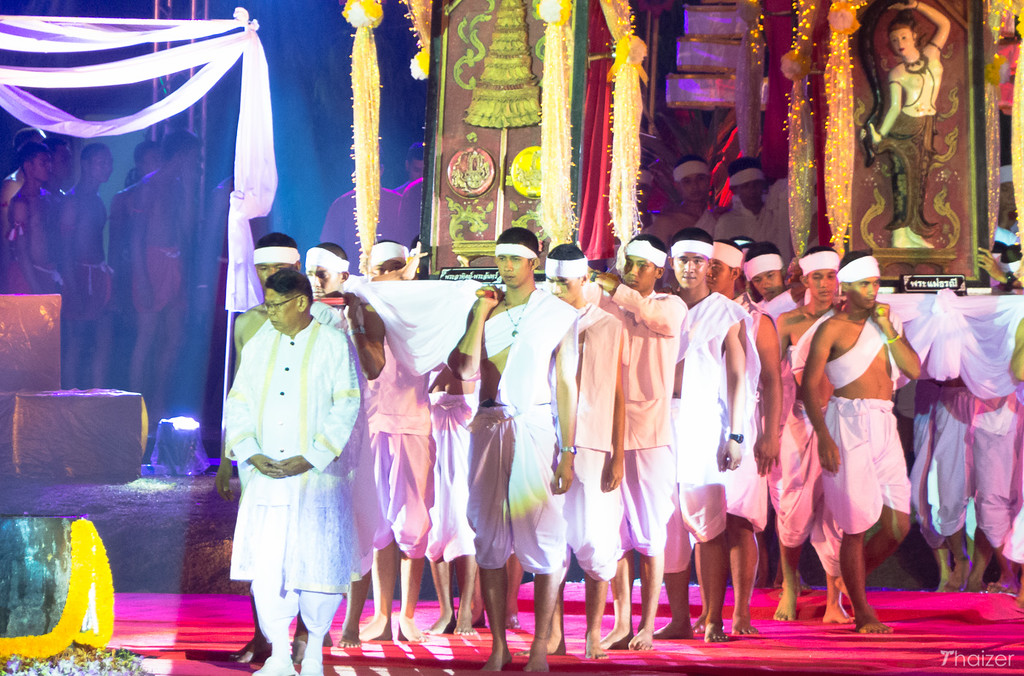
The Nang Kradan Ceremony in Nakhon Si Thammarat dates back over 1300 years to the original Brahmin community in the area and is an event which honours the god Shiva (also known in Thailand as Phra Isuan). In Brahmanism, it’s believed that Shiva descends to earth once a year to bless the people and protect the land. Hae Nang Kradan is a welcoming ceremony for Shiva who stays for a short while before departing again for heaven.
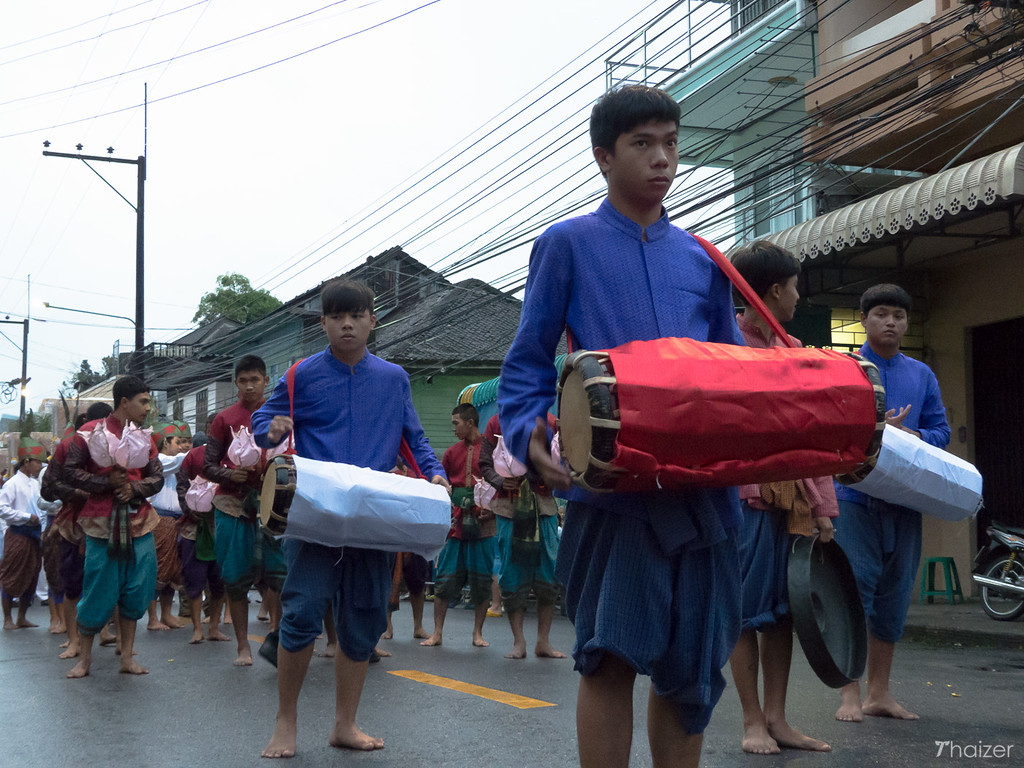
Nang Kradan refers to the three hand-carved wooden tablets which depict important Brahman deities:
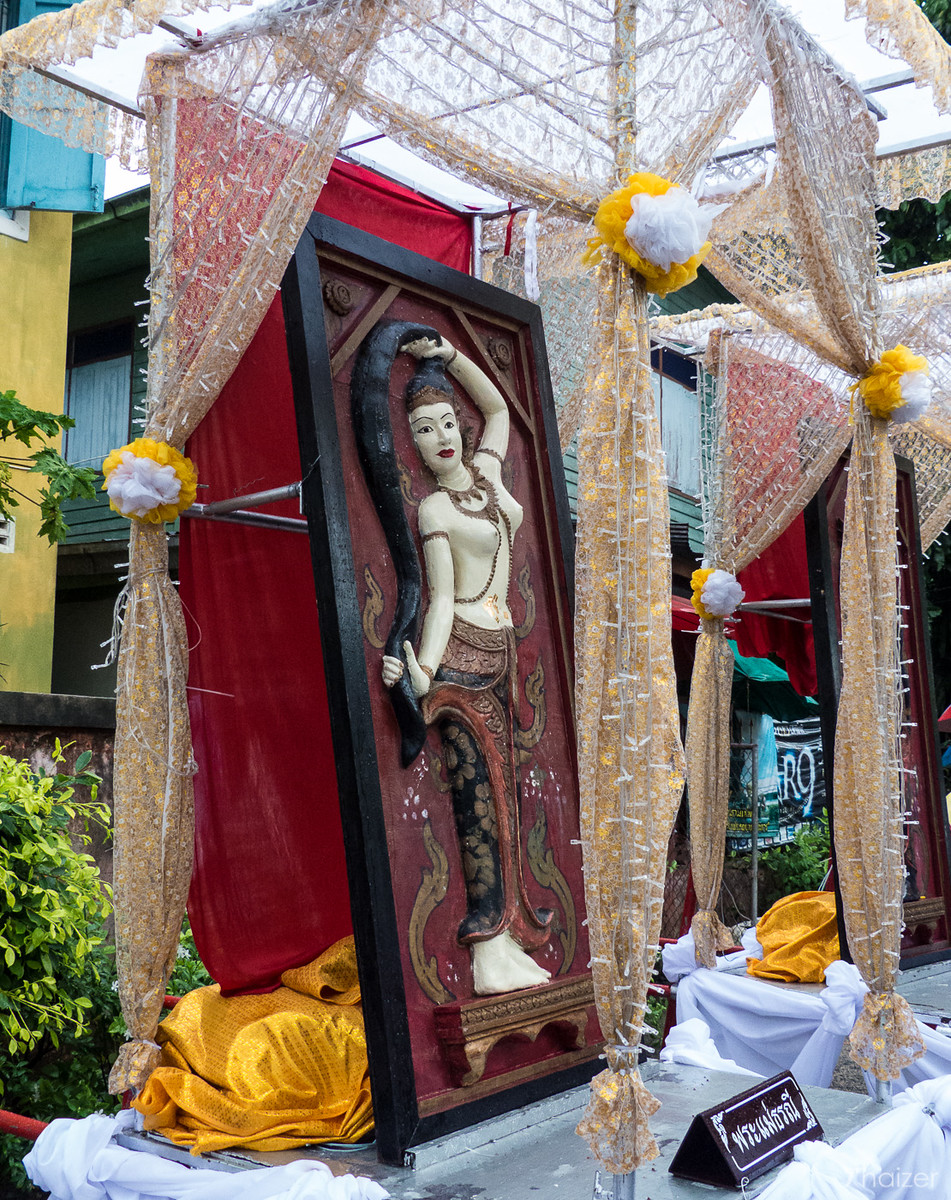
The three tablets are central to the ceremony and are carried along the streets of Nakhon Si Thammarat with the parade led by men wearing the traditional attire of Brahmans.
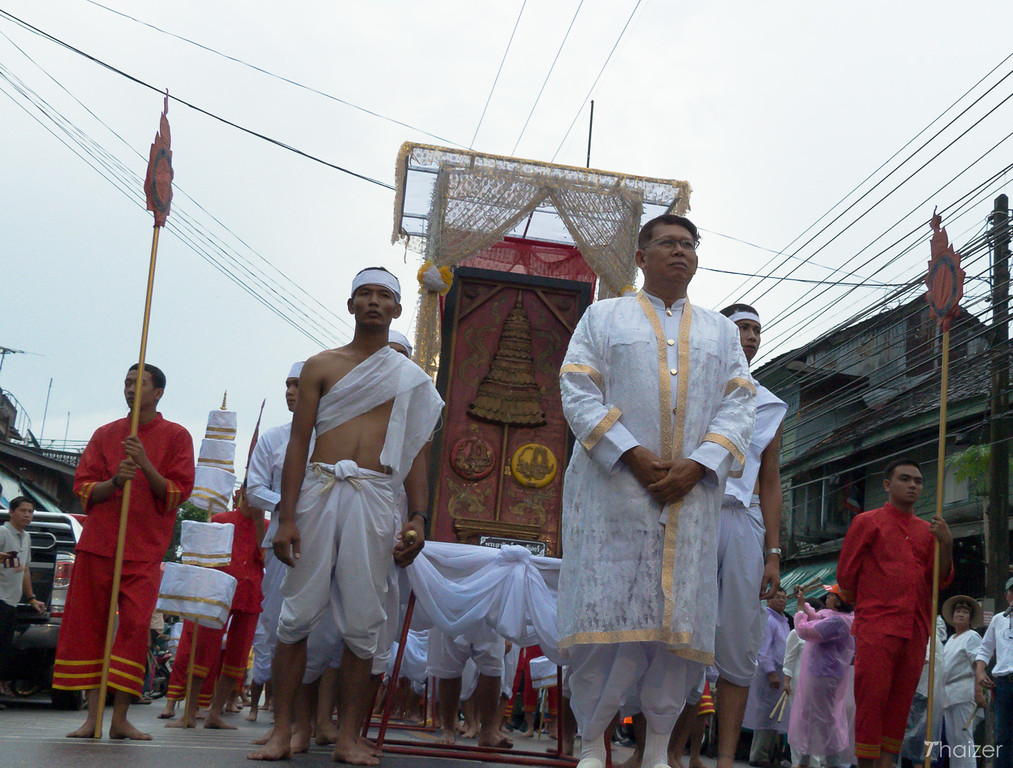
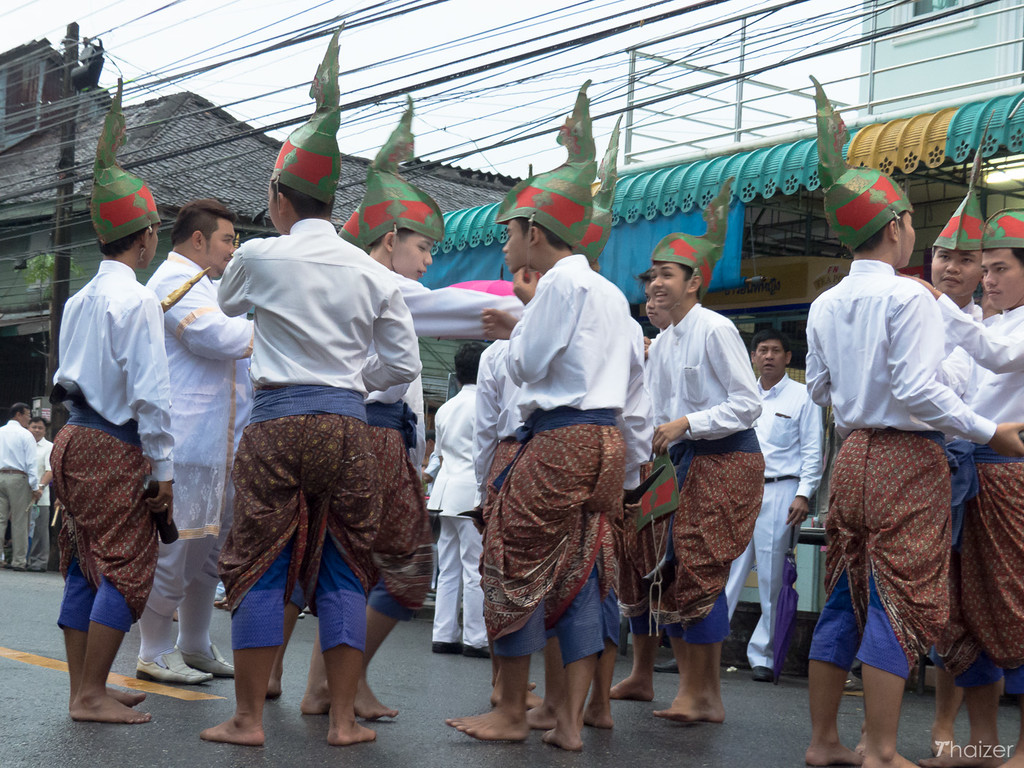
When the Brahmans from Nakhon Si Thammarat moved to Ayutthaya they took with them the tradition of the giant swing (sao ching cha), a large cradle supported by huge wooden posts. Teams of young men from the locality would swing as high as they could in the cradle in act of bravery and playfulness that was supposed to encourage Shiva to protect the harvest. Although this tradition is no longer maintained in modern-day Thailand, the most striking reminder is Sao Ching Cha in Bangkok.
In Nakhon Si Thammarat a small-scale model of Bangkok’s Sao Ching Cha is located within the grounds of the temple dedicated to Shiva, Ho Phra Isuan. During the closing ceremony of Hae Nang Kradan, a dramatic light and sound show depicts the arrival and departure of Shiva and the Giant Swing.
The exact date of Hae Nang Kradan used to be dependent on the lunar calendar. In more recent times, the festival has a fixed date to coincide with the traditional Thai New Year. The Hae Nang Kradan Festival in Nakhon Si Thammarat is celebrated annually on April 14.
The event starts with an early evening religious ceremony at Ho Phra Isuan, the temple dedicated to Shiva on Ratchadamnoen Road in the centre of Nakhon Si Thammarat city. It is at this temple where the wooden Nang Kradan tablets are formally blessed for the arrival of Shiva from heaven. As dusk falls, candles are lit along Ratchadamnoen Road as the procession makes its way to the large city park, Sanam Mah Muang.
The Hae Nang Kradan Festival is always well-attended by local people and with a friendly atmosphere and lots of families in attendance, it’s a delightful local event to attend if you want to experience Thai culture and are in the Nakhon Si Thammarat area for Songkran in mid-April.